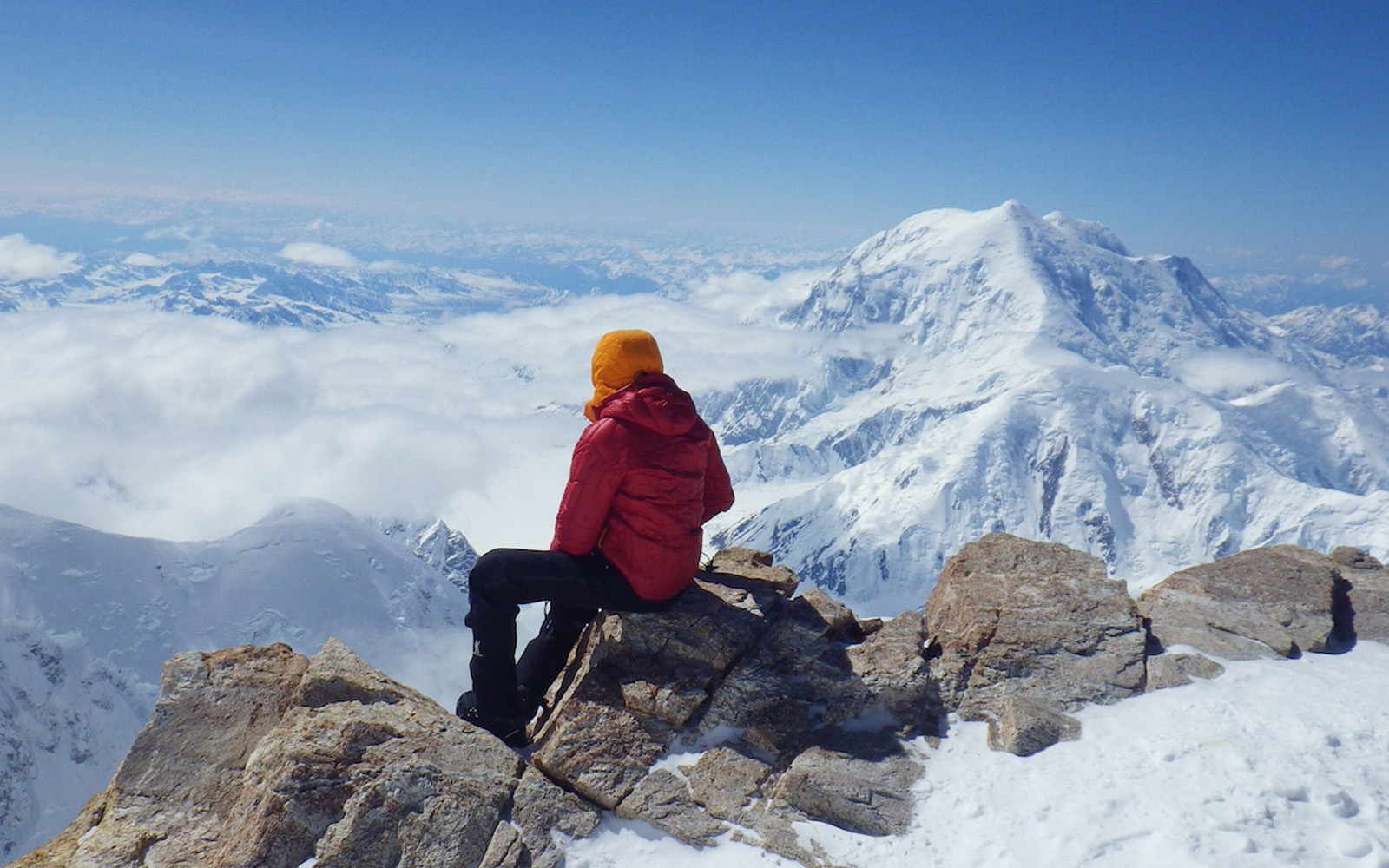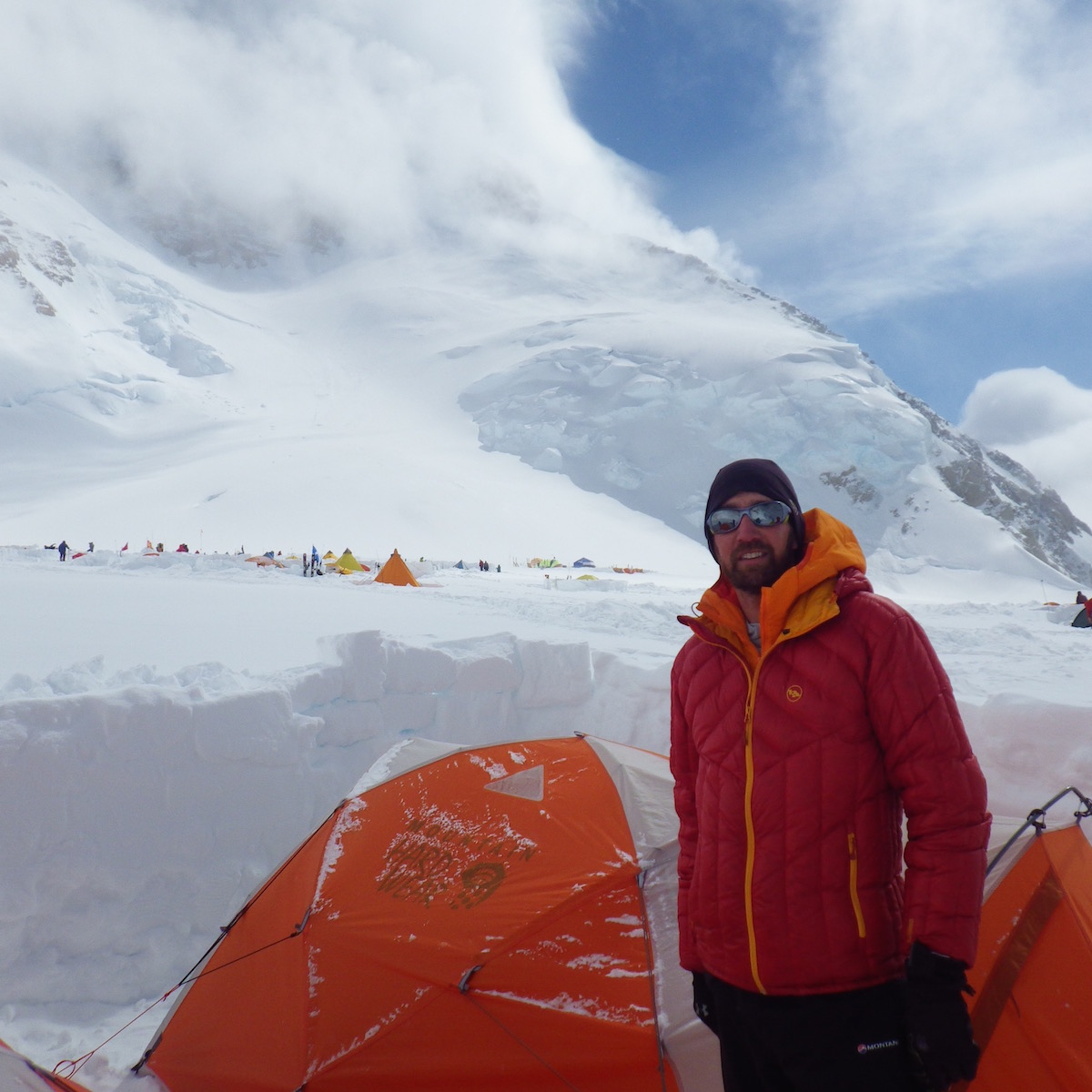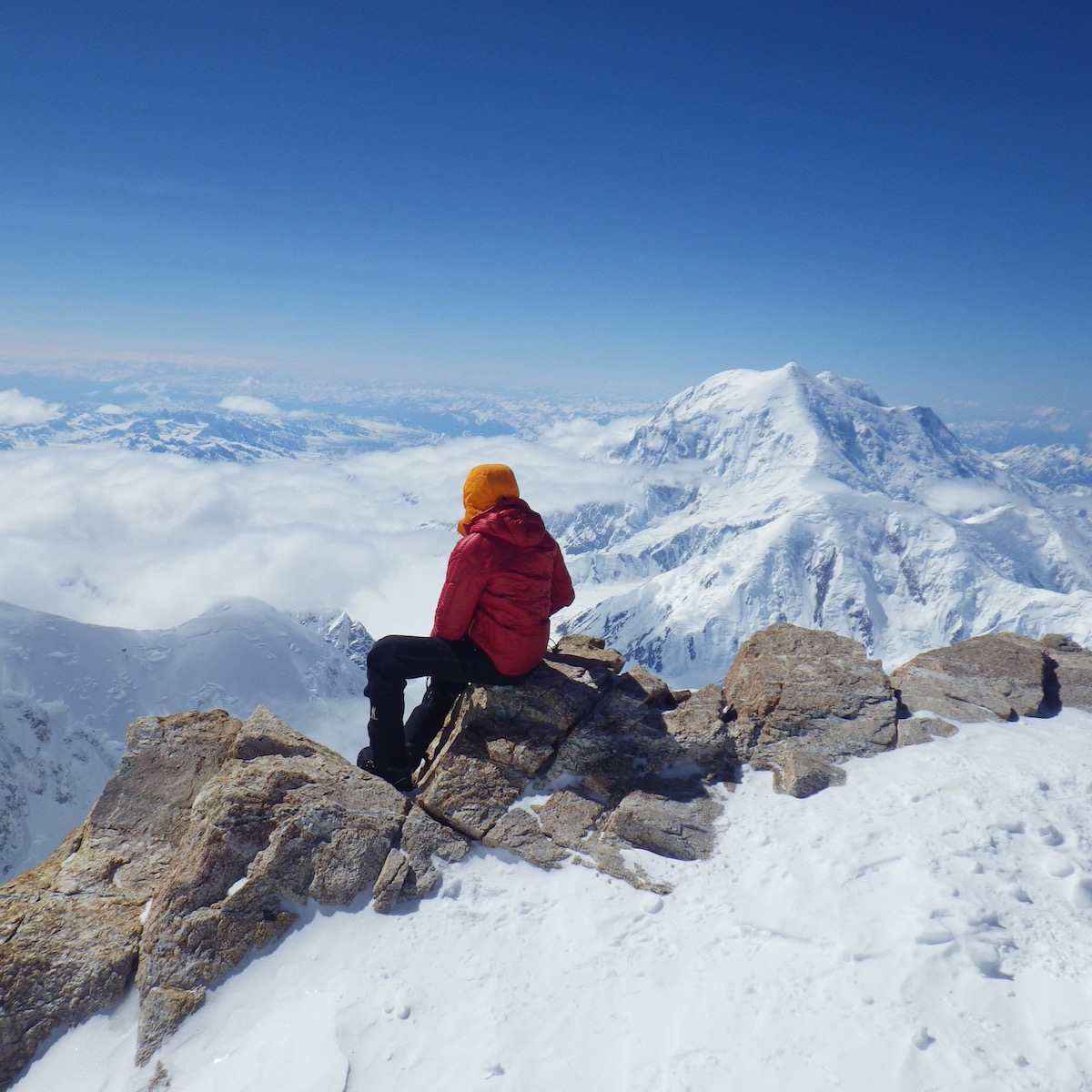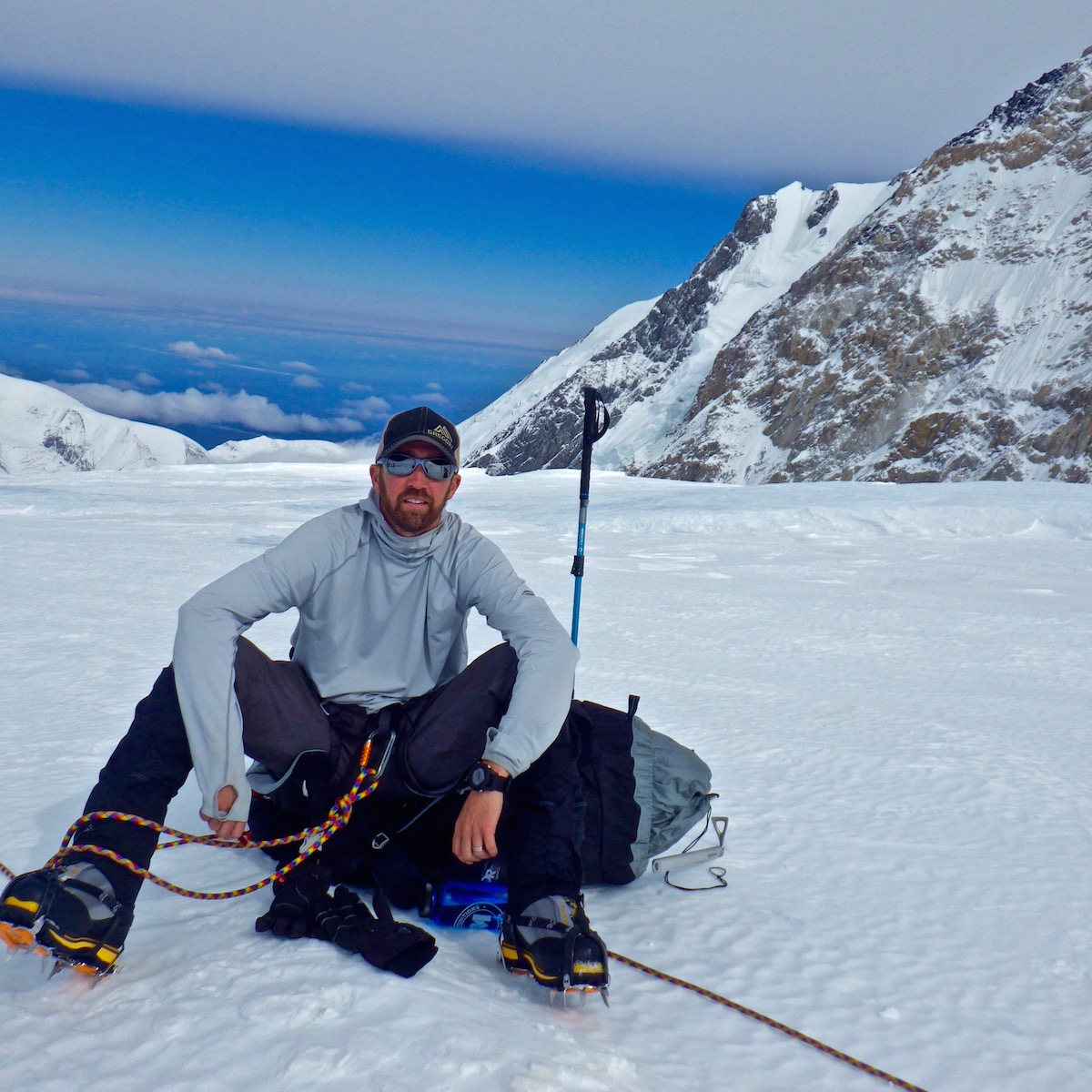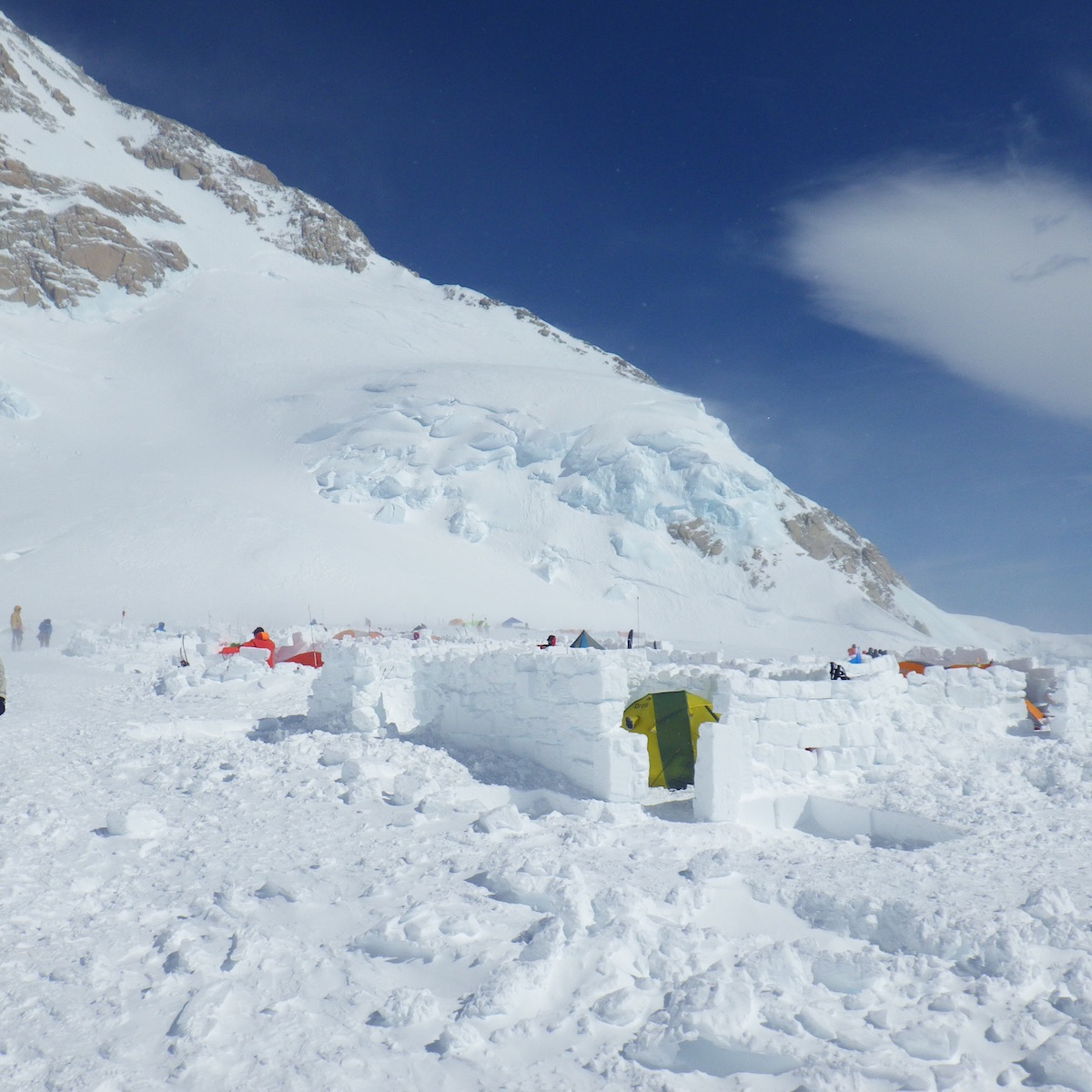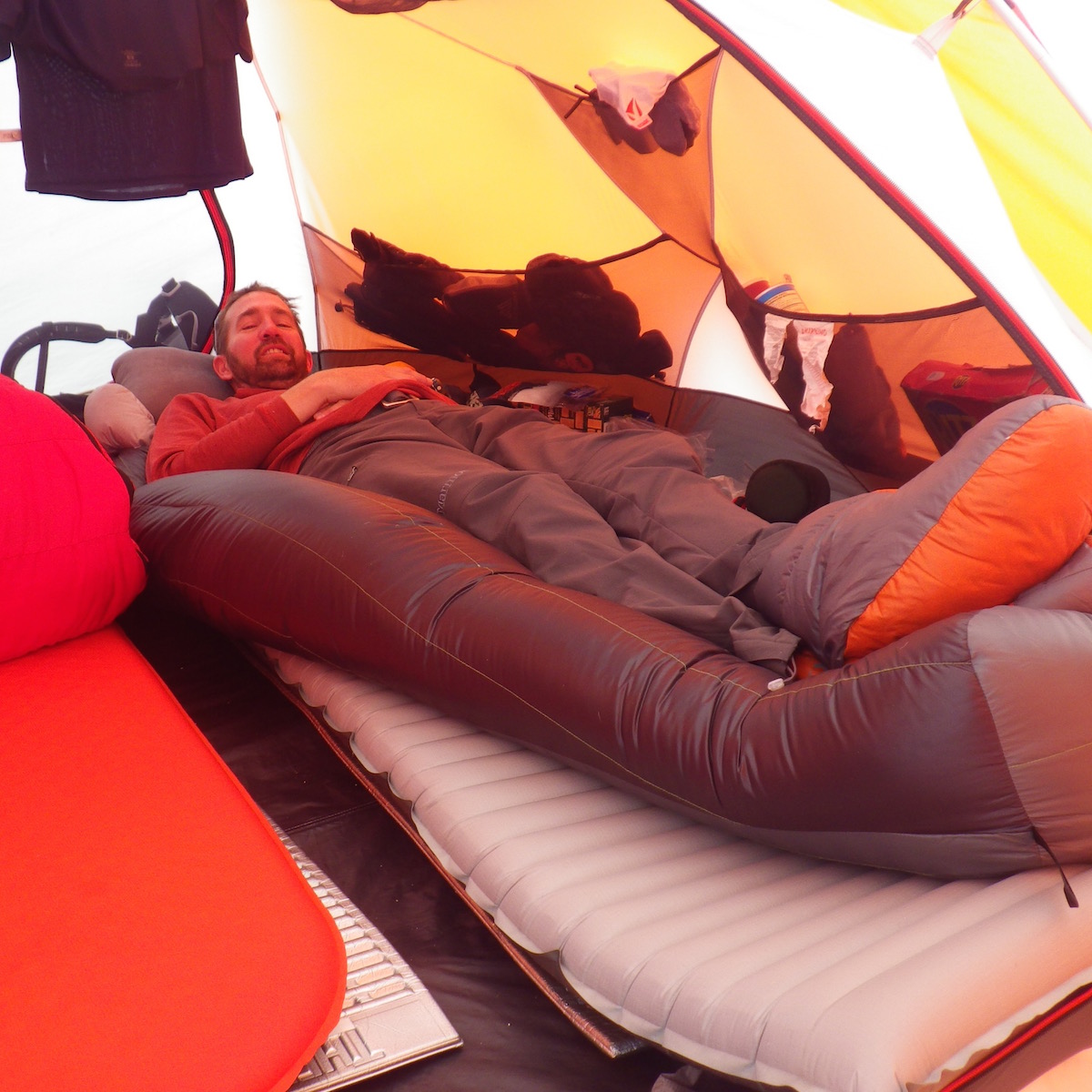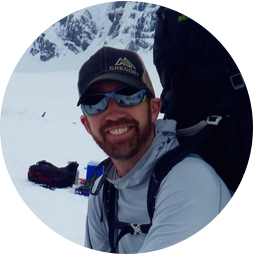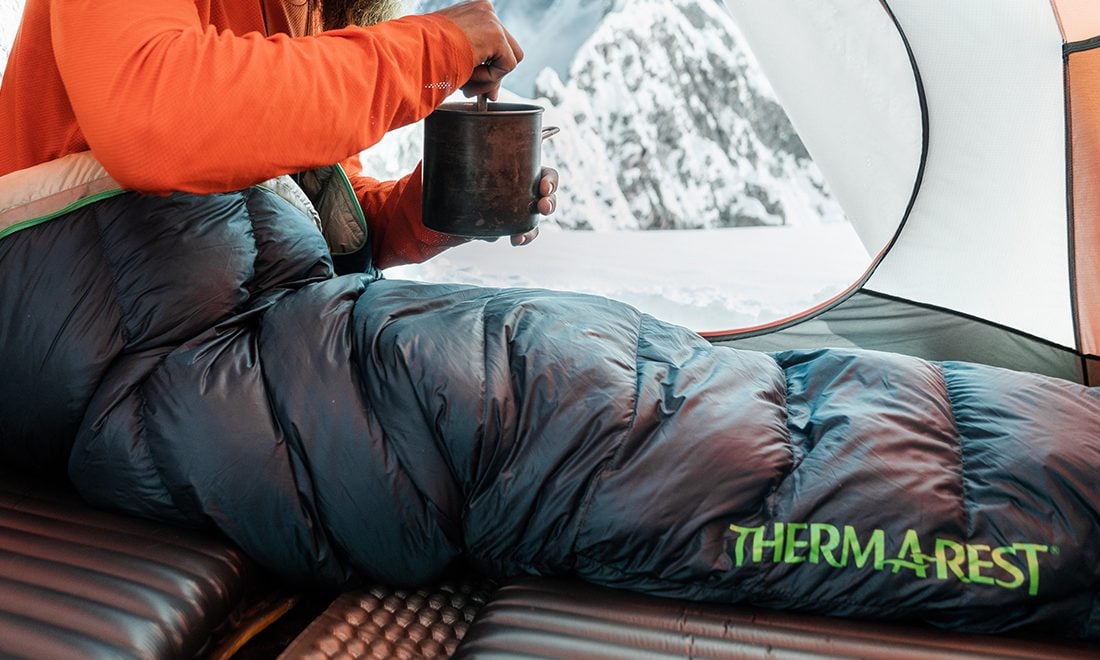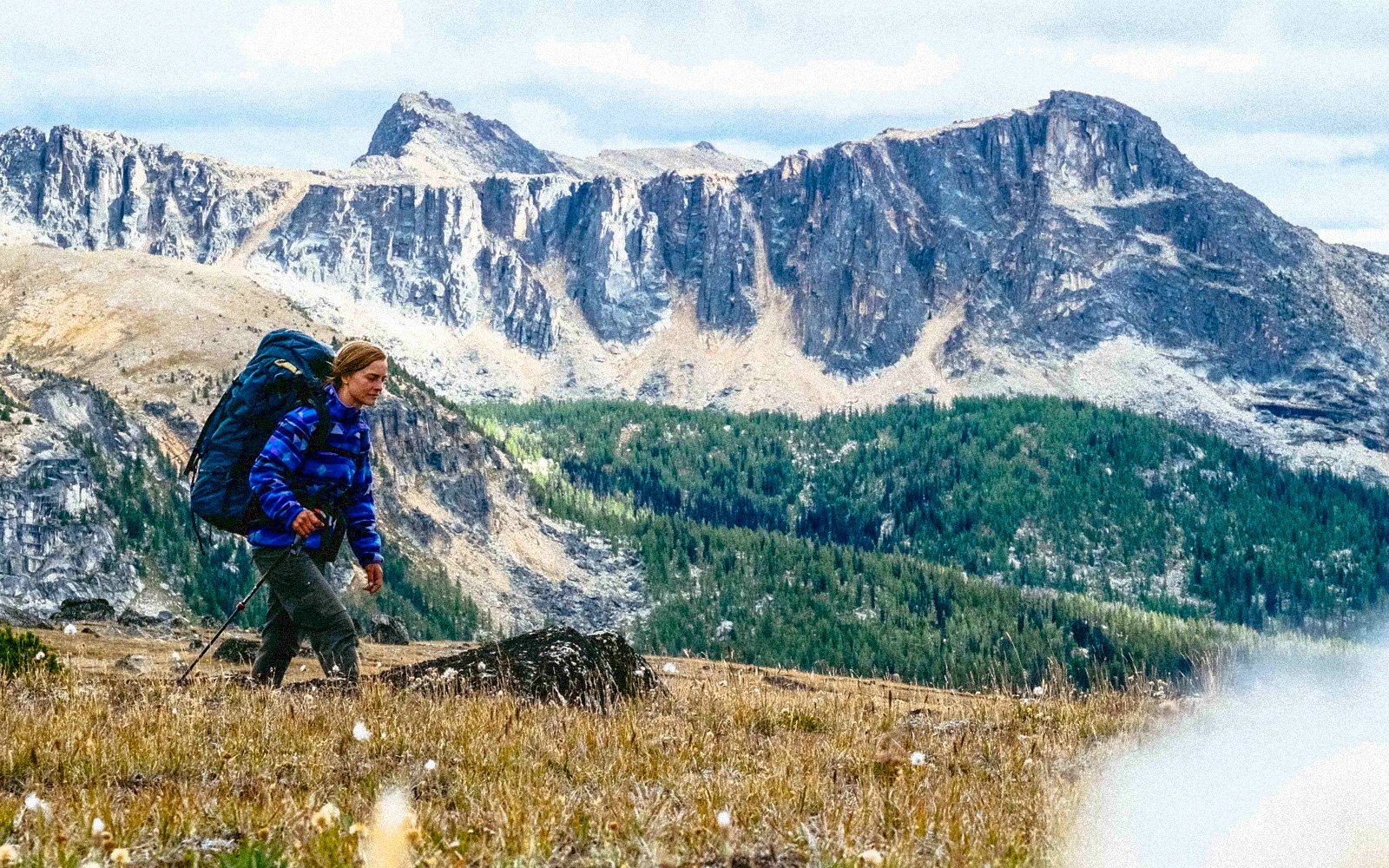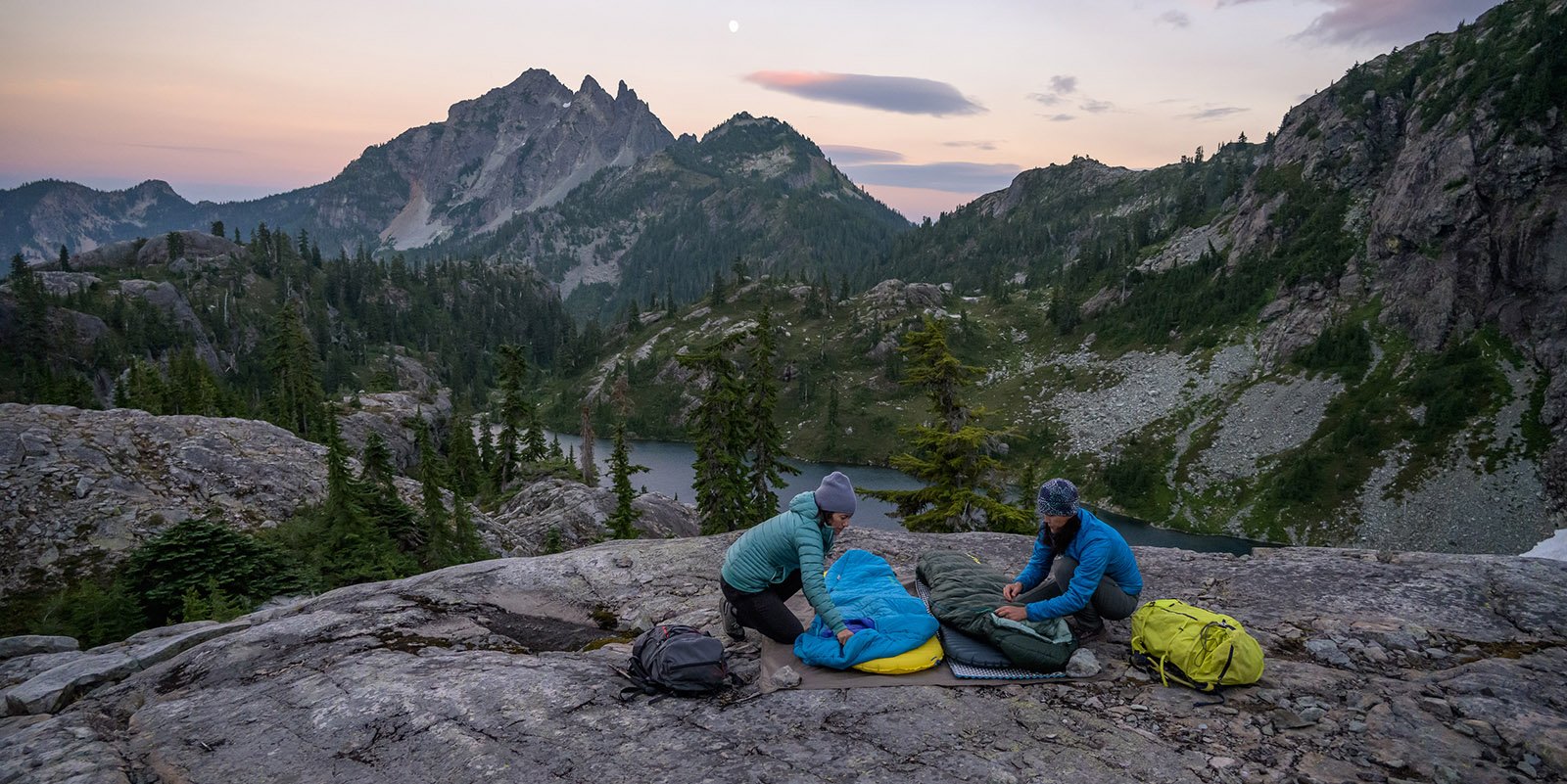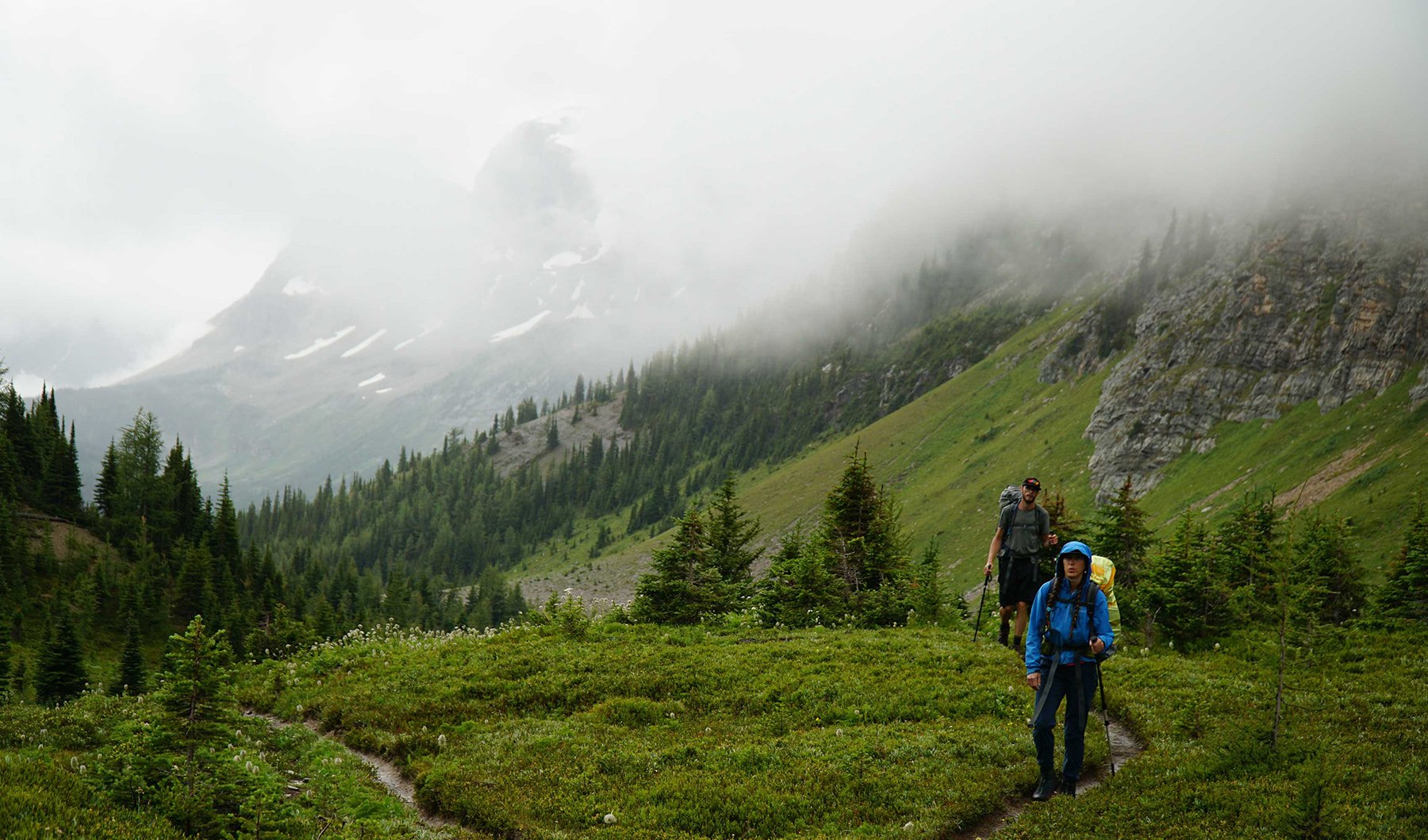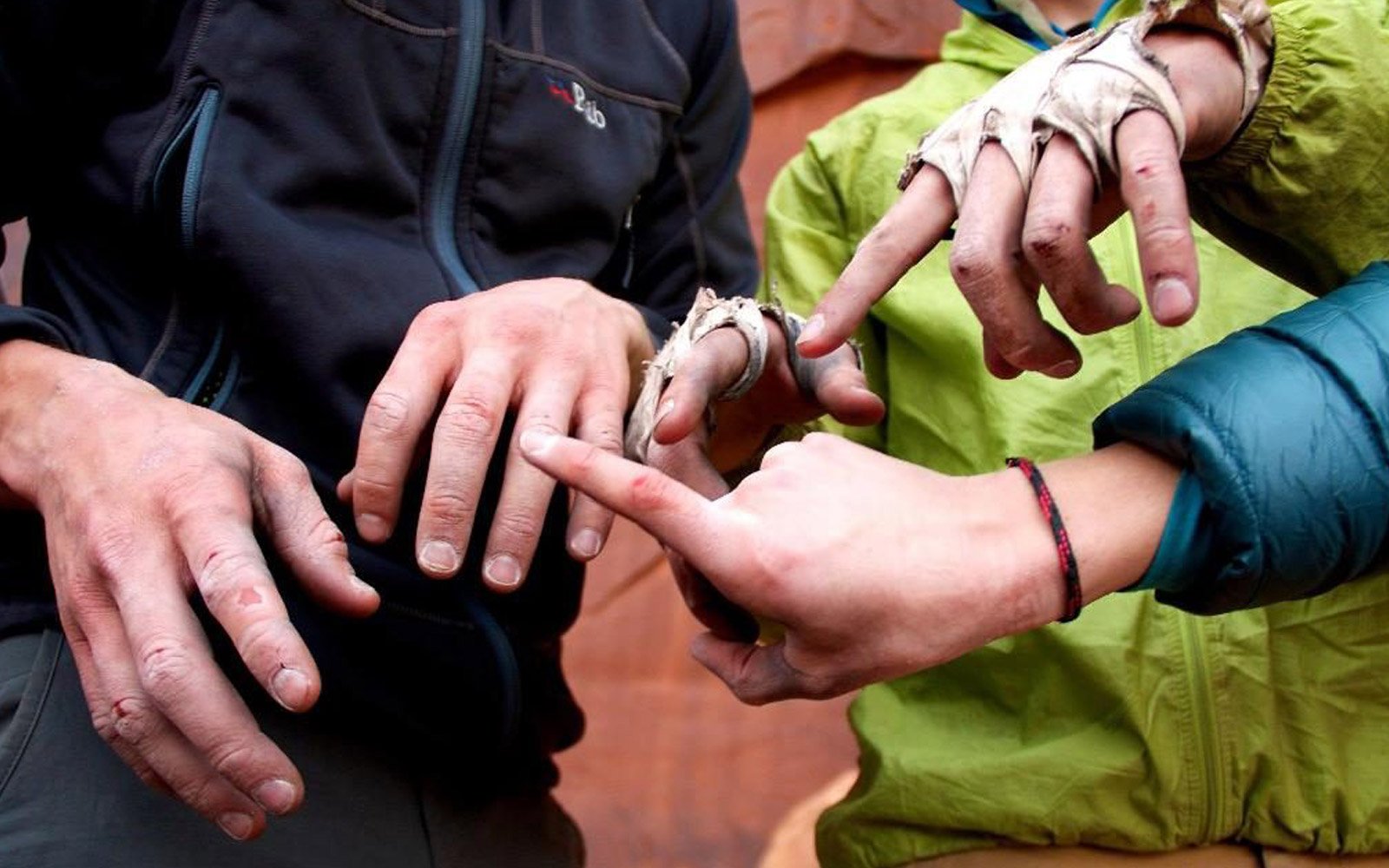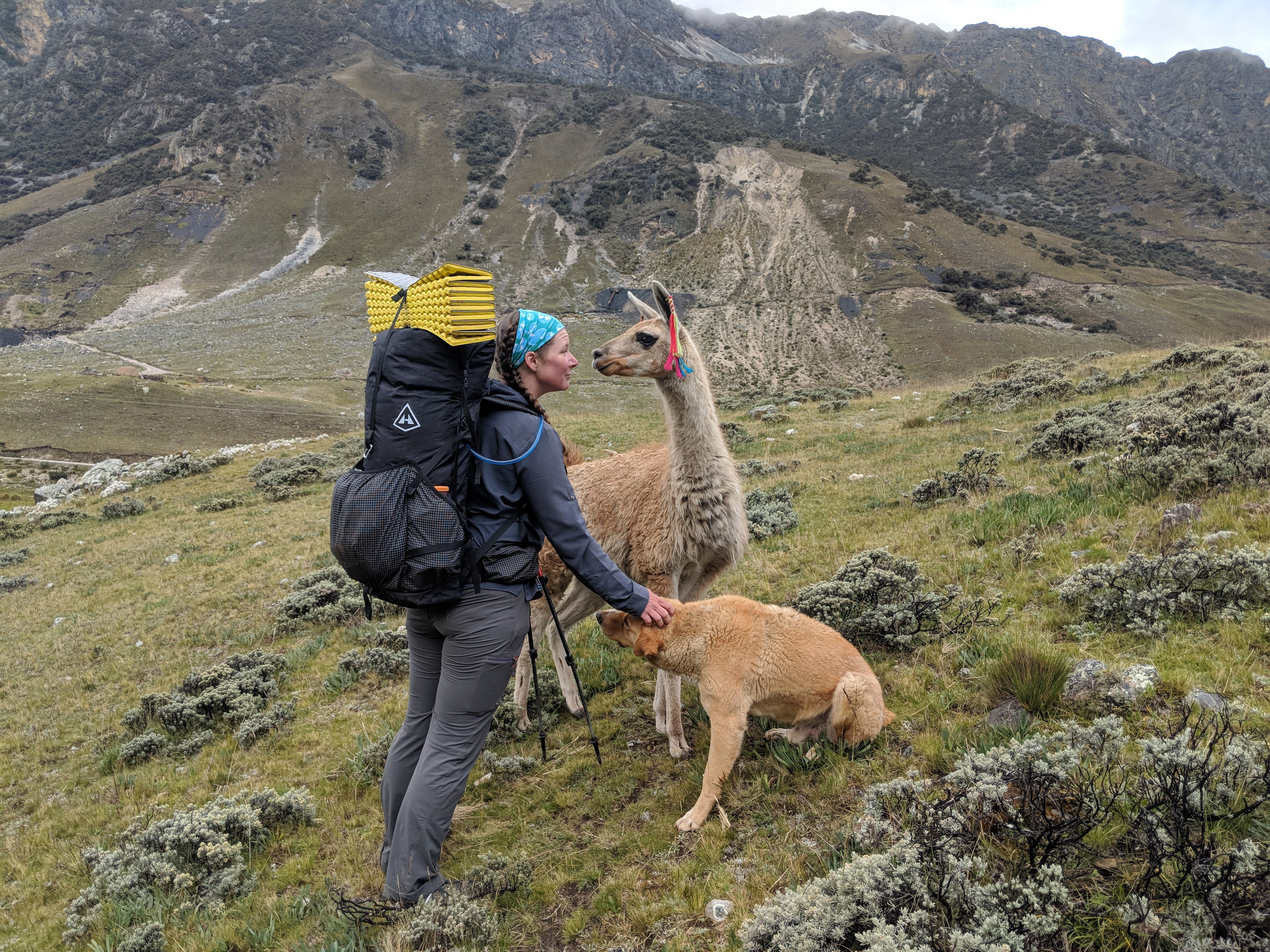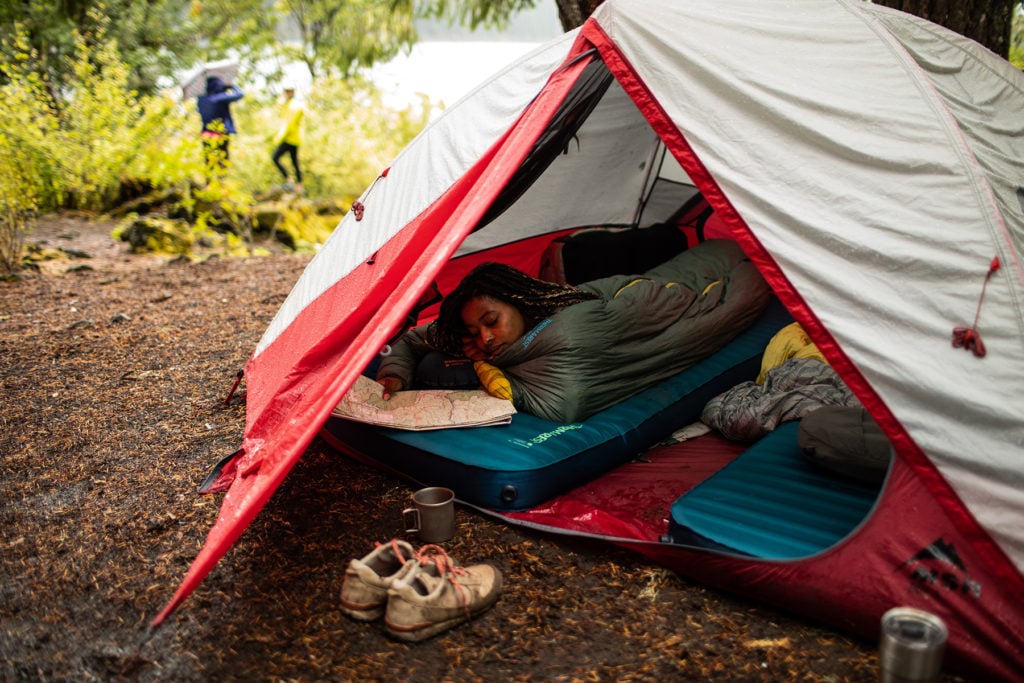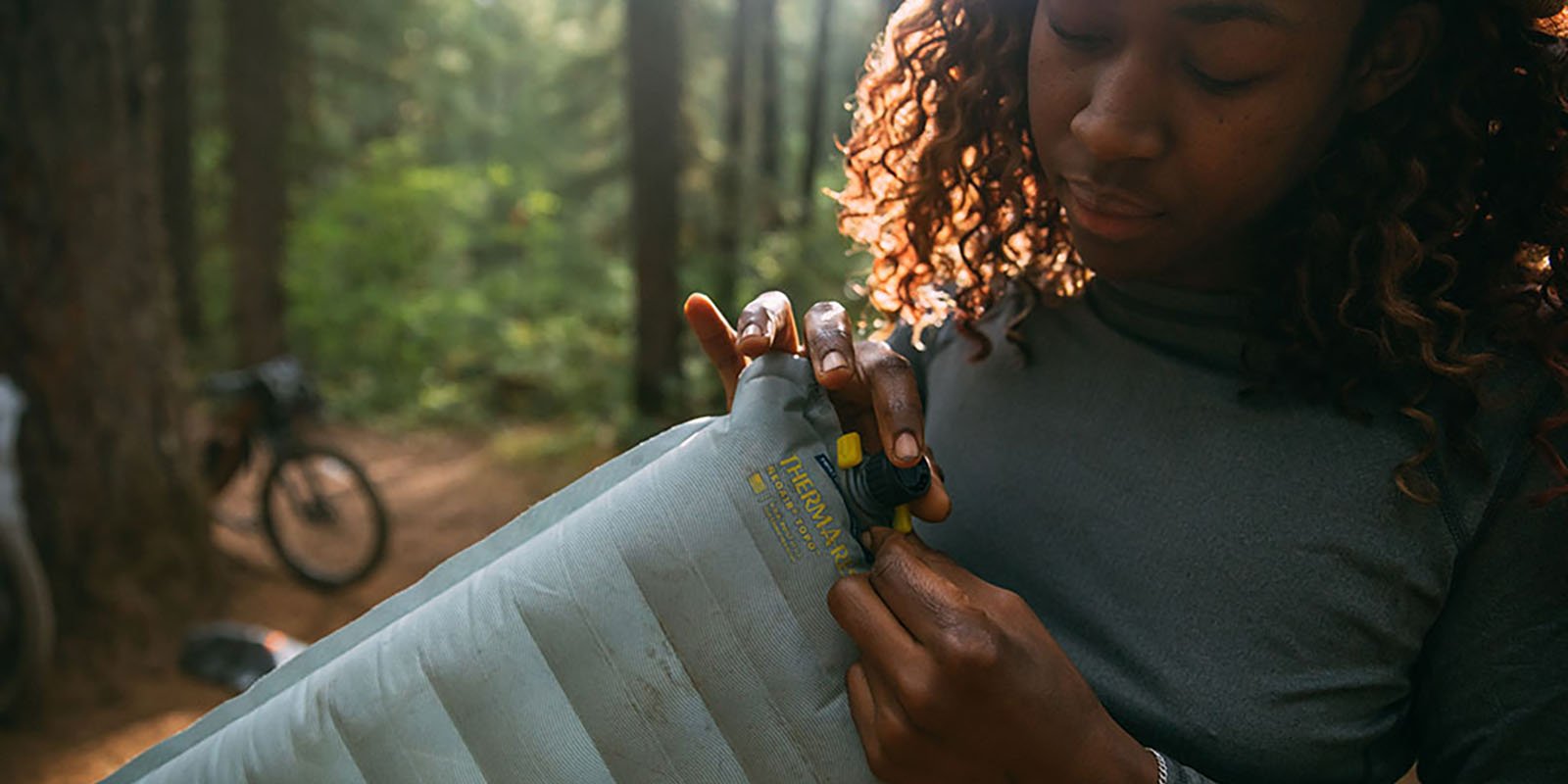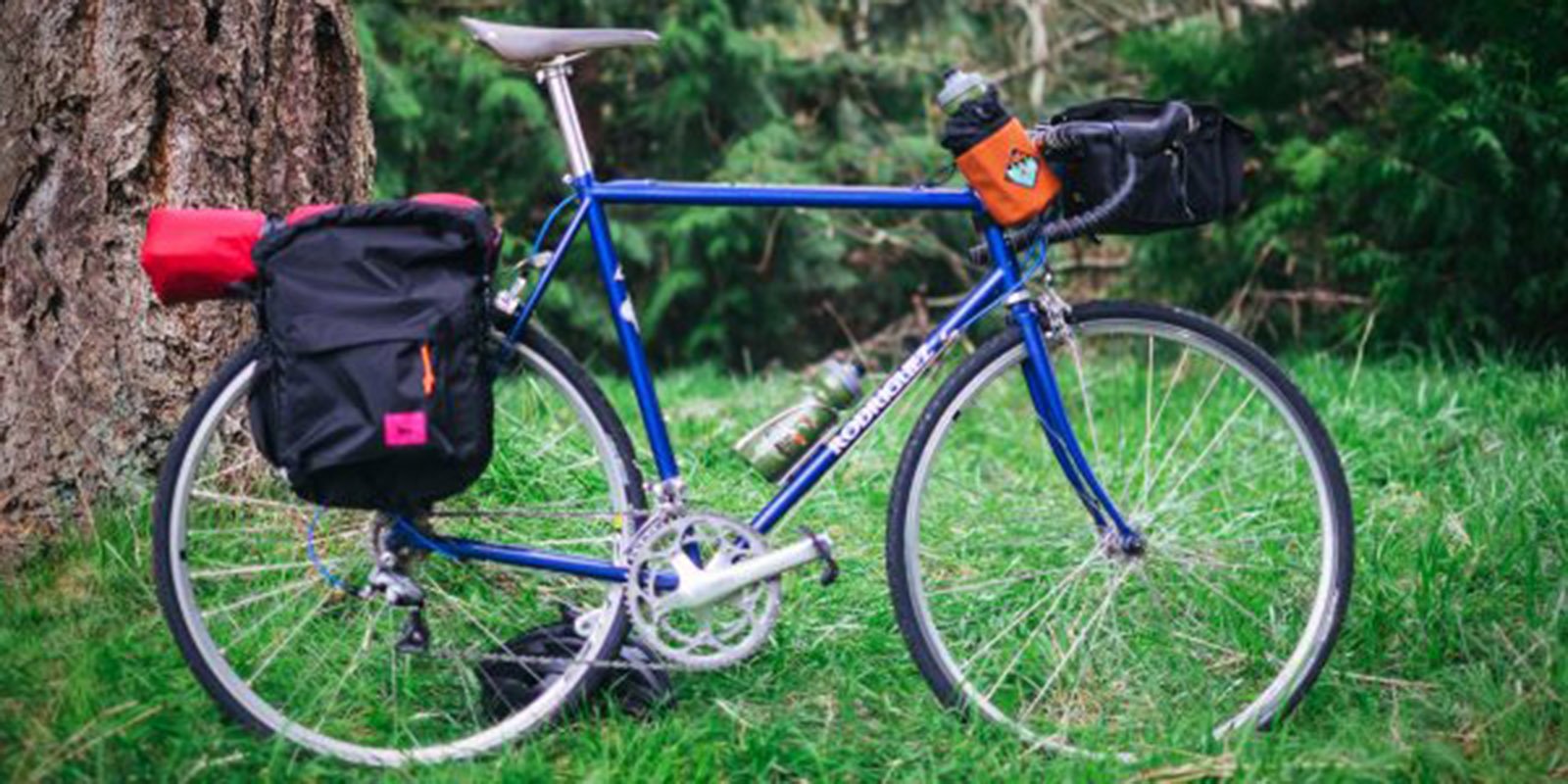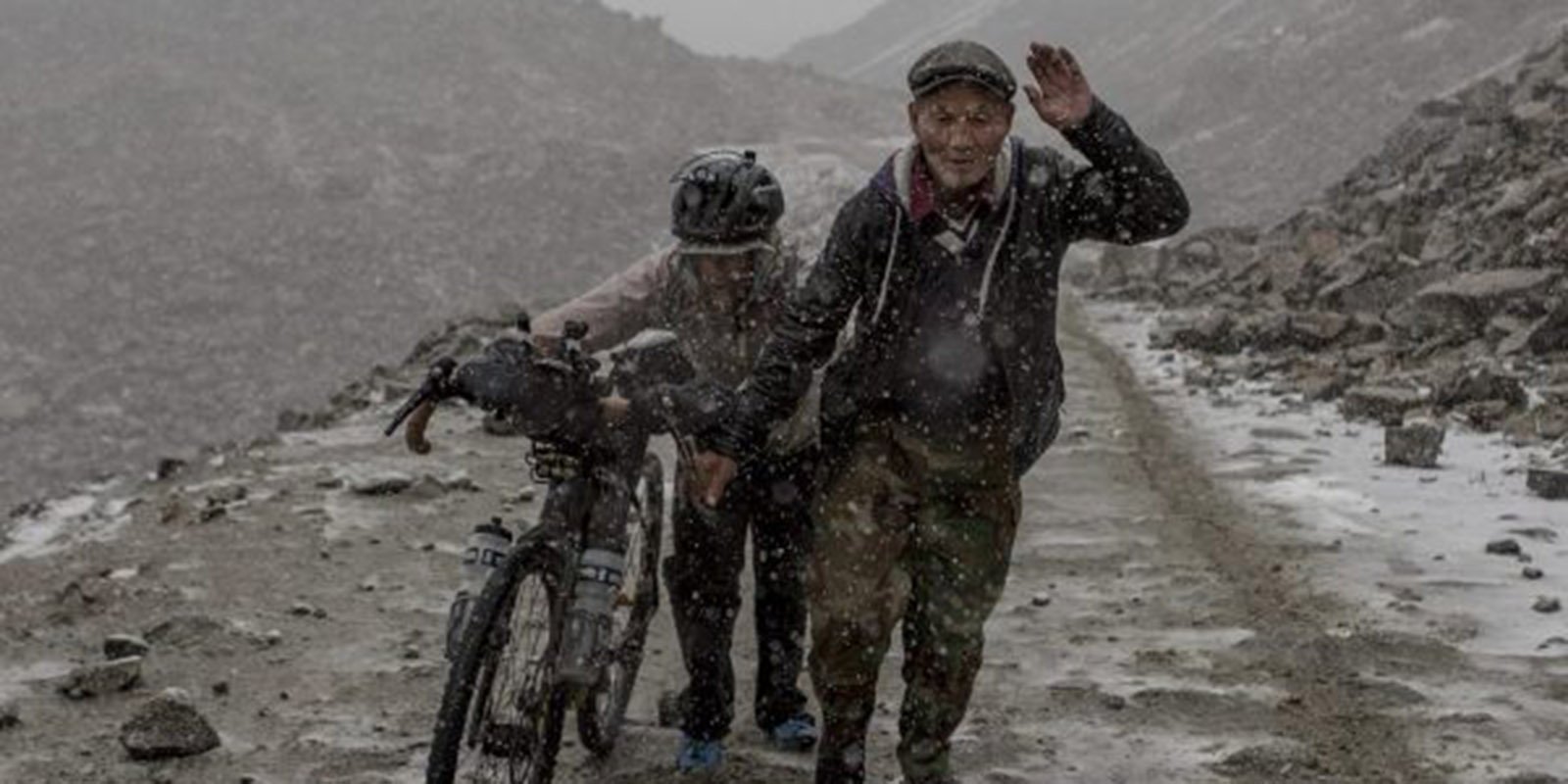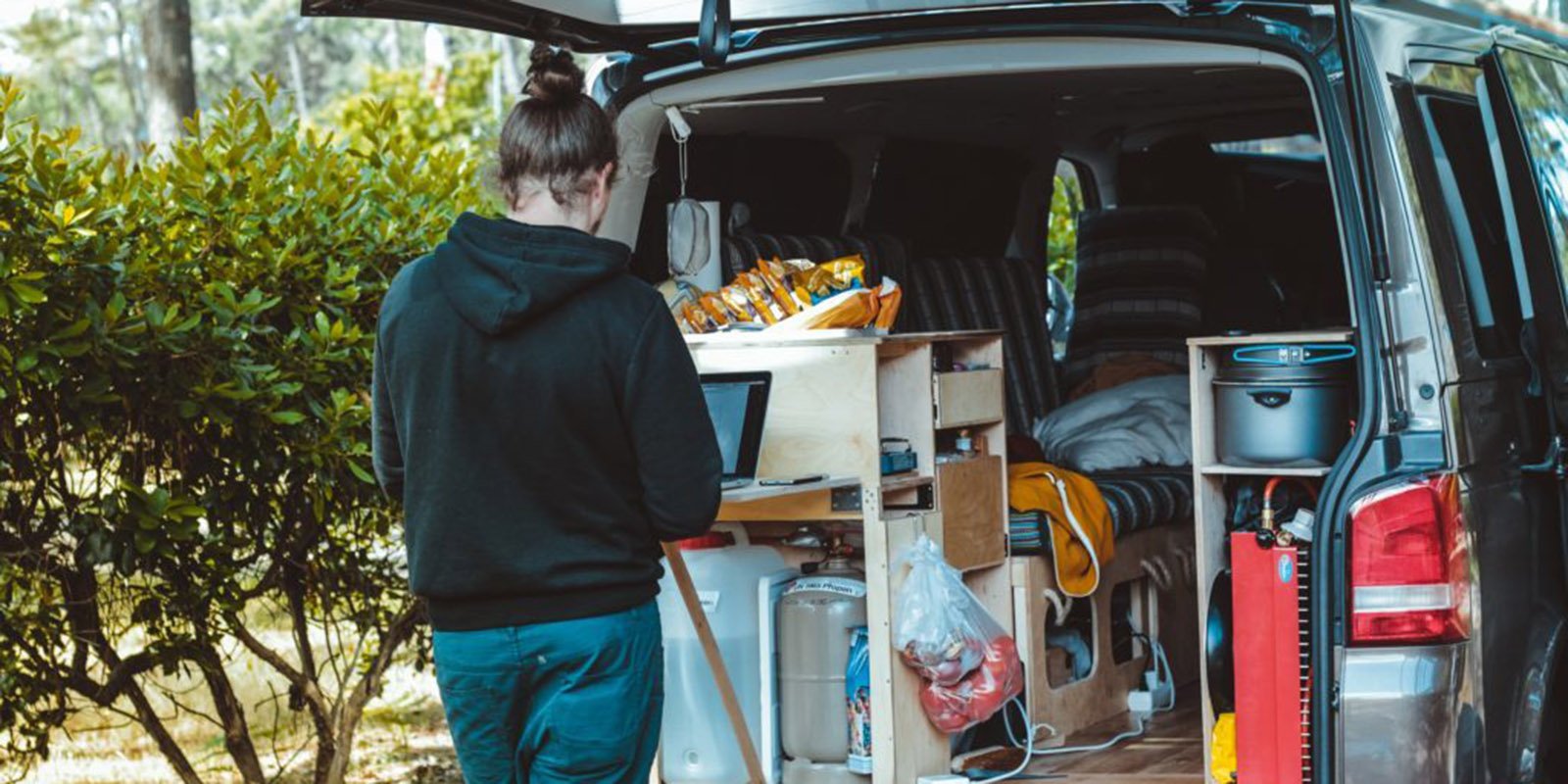I step outside my tent and the negative 40-degree air slaps my cheeks, the only exposed area of skin. The day is clear and the mountain is in view. I take it all in one last time. Colored tents dot the pure white sterile landscape like wildflowers. The crisp thin air forces me to take shallow breaths. Though it is 10pm, the high sun mimics midday.
On June 1, my five teammates summited Denali. I did not. I came within 400 feet of the summit. I can’t quite explain why I didn’t make it, but great mountaineers say it’s the trying that’s important. I can tell you the arduous task of trying was certainly the hardest thing I ever did physically and mentally. With plans to climb Denali again someday, at least my first attempt taught me a thing or two about what to expect.
1) You are controlled by the weather.
Our summit attempt came on day 21 on the mountain, after 11 consecutive days stuck at Camp 3 at 14,200 feet. May of 2016 recorded some of the worst weather seen on the mountain. Three huge storms bringing feet of snow. Winds that broke records at Camp 3. Medivac helicopter rescues of climbers with severe frostbite and even one death.
I read countless books about Denali’s weather and its effects on climbing prior to my summit bid. However, nothing prepares you for the endless waiting and wondering which weather window is best.
2) Know your team; you will be with them 24/7.
In all my training climbs (i.e., Rainier, Shuksan), I used guided groups. So it was only natural that I would opt for a guided climb up such a serious mountain like Denali.
With that being said, a preset team is an endless blind date. My team met in Alaska and two days later, we were on the mountain. Still strangers, we now had to rely on each other to stay alive.
Luckily for me, I had a buddy system. Even though my wife and regular adventure partner, Patrice, had no interest in mountaineering, my very good friend did. We had climbed together several times and I knew having him there as a tent and rope mate would be crucial to battle the mental obstacles in climbing.
Then my buddy left the expedition for personal reasons on Day 3. I was devastated. I questioned my abilities. My friend was a better climber with superior skills, even more than anyone on my team. How could I succeed if he couldn’t?
I lost my support system and was back to being among perfect strangers.
I am a very social person. I get along with just about everyone. But, this was harder than I ever imagined.
I shared a tent with someone who used 2/3 of the tent. Every night, this person spent over an hour on personal hygiene while I bit my tongue and picked strands of hair off my sleeping bag. I never thought little things like that would drive me mad.
I also had mixed feelings about our guides. Of our three guides, I had climbed with the lead guide before and would climb with him again. On summit day, though, I was on the rope with one of the other guides. This particular guide used a very “man up” form of motivation. I needed positive reinforcement on the last 1000 feet of our climb, so not getting the support and encouragement I needed messed with my mind.
Lesson learned here for me is that on long expeditions, I will climb with people I know and have climbed with before.
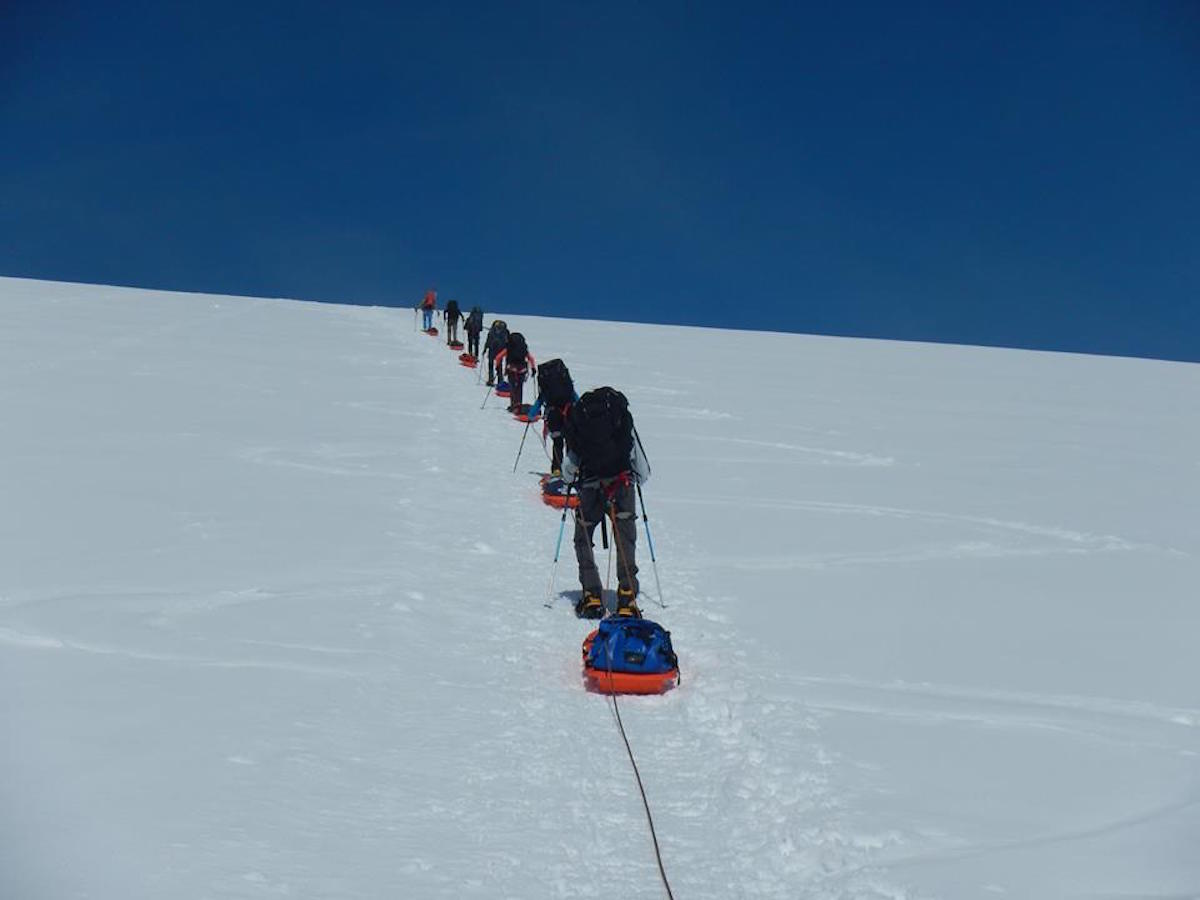
3) Make your camp bomb proof.
Any architects or engineers out there? Great, I want you on my team next time.
We slept in 5 places on the mountain–Base Camp (7,200 feet), Camp 1 (7,600 feet), Camp 2 (11,200 feet), Camp 3 (14,200 feet) and High Camp (17,200 feet). Building camp doesn’t just mean popping up a tent. You first level out a “platform” using shovels, snowshoes and your hands. Then you use ice saws to cut blocks to stack as walls to protecting your home from the winds. Every camp is different, but it would normally take at least 2 hours to do this task. At Camp 3 (14,200 feet), we probably cut well over 100 blocks to set up camp and many more in the days that followed to reinforce the walls.
Part of camp-building duties included building an outdoor bathroom with walls high enough around a small bucket to protect you from winds and well, for privacy. There is no roof of course. This was task that myself and my teammate took pride in. At every camp, we improved the team’s bathroom. At one point, we built shelves for toilet paper and magazines!
Let me assure you that experiencing 80 MPH winds on your ass is a bummer, so take building camp seriously.
4) There is always something you wish you brought.
As with any adventure, working out gear kinks can only be done by trial and error. You can read about other’s recommendations all you want, but you’ll never really know what will work for you until you try it. For the most part, I was well prepared. My clothing, sleeping bag and pad (NeoAir XTherm) had the right temperature ratings for the conditions. Sure, I wish I had a zippered fly on my hard shell pants to make peeing easier, but I survived. Some other items, though, will need major adjustment.
Take my satellite GPS messenger, for example. Patrice and I spend every moment with each other, as we live, work and play together. Leaving her for 23 days was more difficult than I ever imagined. I had a SPOT device that allowed me to send out a preset message everyday checking in with my location. Patrice, meanwhile, was stalking weather reports and expedition reports to gather information. She was reading news reports about the rescues and death. She tells me not knowing how I was nearly killed her. I would say the same about not knowing how she was. Next time, we will invest in a two-way communicator.
Lastly, you spend an unbelievable amount of time sitting. My team was stuck 11 days at Camp 3. It was a long boring time. I had music on an iPod, games, 2 movies on my iPad and read 3 books on my Kindle. My solar charger did not work as well as I wanted, so I was using my electronics sparingly. Not only will I bring a better charger next time, but also more entertainment. And more Pringles.
5) The mountain will always be there.
In 2003, I pointed my car north from our home in Phoenix and drove 2,000 miles up to Alaska after arranging to do research within Denali National Park and Preserve related to my Master’s degree in Recreation Management.
At that time I had no idea how to climb a mountain or even what a crampon was. But, every day while working in the park, my eyes were fixed upon this mass busting through the clouds and reaching for the heavens.
It took me 13 years to fine-turn my mountaineering skills with hundreds of hours of climbing experience. I finally thought I was ready for the mountain.
It is hard for me to not accomplish what I thought was the most important goal: summiting. But I learned during my climb that the summit was not the only goal, it was the experience as a whole. They say the journey is for the soul, and the summit is for the ego. This is true, but I still want the summit. This mountain and all mountains will always be there. Next time, I will be a little more prepared.
